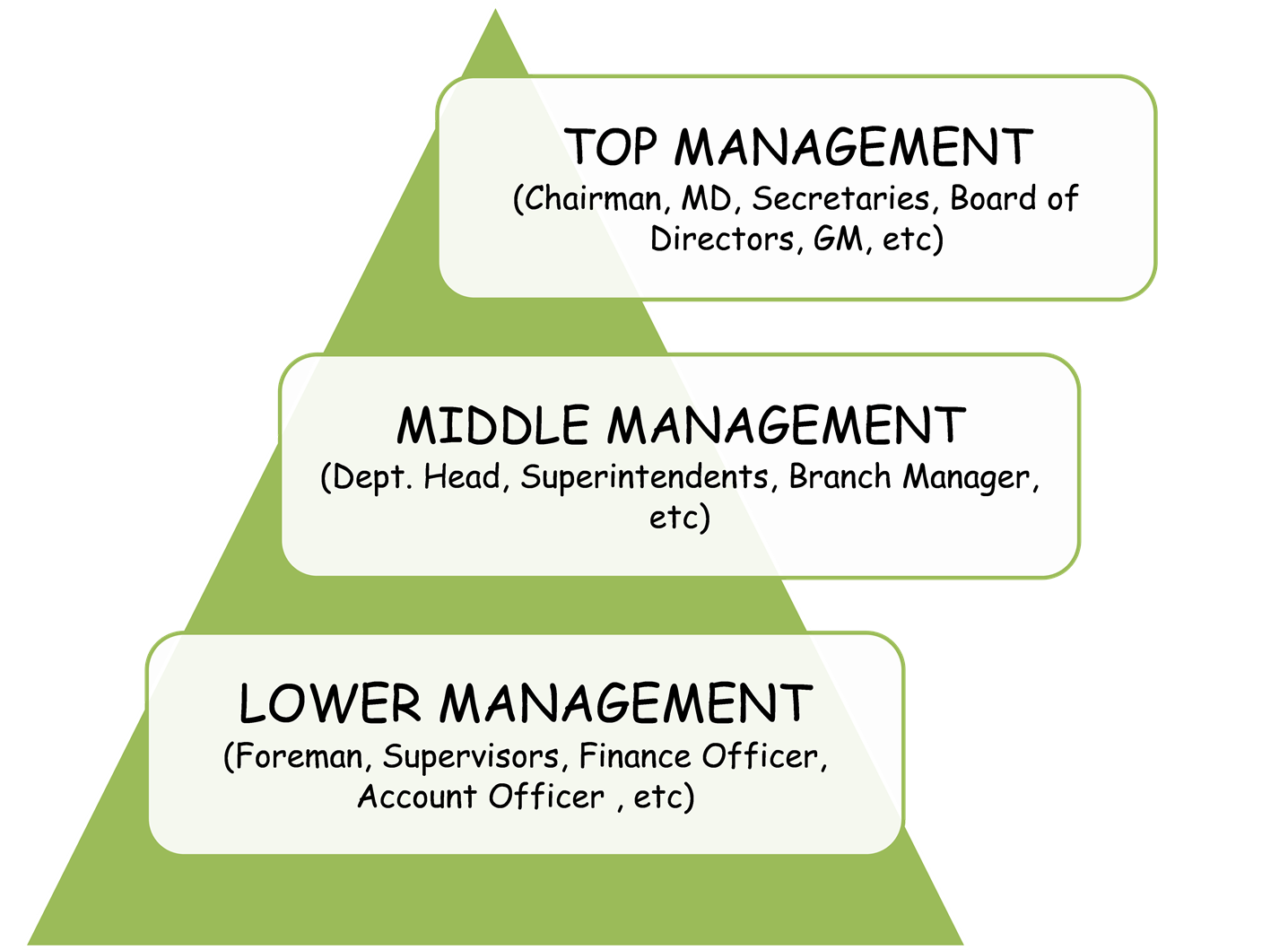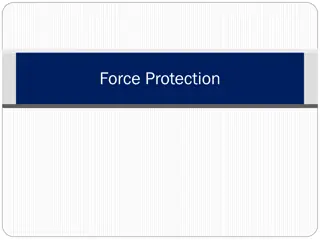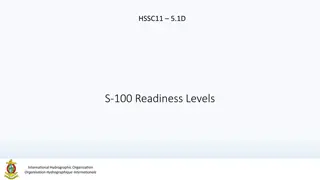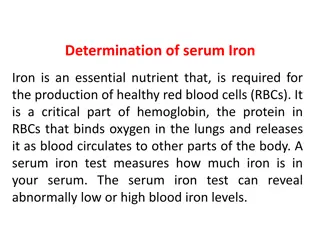Levels of Management
Understand the different levels of management in an organization and their specific functions, including top management, middle management, and lower management. Learn about their roles in formulating policies, evaluating performance, coordinating departments, and more.
Download Presentation

Please find below an Image/Link to download the presentation.
The content on the website is provided AS IS for your information and personal use only. It may not be sold, licensed, or shared on other websites without obtaining consent from the author.If you encounter any issues during the download, it is possible that the publisher has removed the file from their server.
You are allowed to download the files provided on this website for personal or commercial use, subject to the condition that they are used lawfully. All files are the property of their respective owners.
The content on the website is provided AS IS for your information and personal use only. It may not be sold, licensed, or shared on other websites without obtaining consent from the author.
E N D
Presentation Transcript
Levels of Management The stages in the organization where a particular type of functions starts is called level called as LOM. A line of demarcation between various managerial positions in an organization. Functional and Operational Levels.
TOP MANAGEMENT (Chairman, MD, Secretaries, Board of Directors, GM, etc) MIDDLE MANAGEMENT (Dept. Head, Superintendents, Branch Manager, etc) LOWER MANAGEMENT (Foreman, Supervisors, Finance Officer, Account Officer , etc)
Top Levels management To formulate basic policies and providing direction. To make a corporate plan for the entire organization. To decide matters for survival, profitability and growth. To decide corporate goals. To design structure of the organization. To select officials for the company. To maintain liaison with outside parties To exercise overall managerial control.
Middle Level Management To evaluate the performance of junior managers. To send progress report to top management. Interpreting the policies of the top management. Motivating the personnel to achieve higher productivity. To coordinate with other departments. Reporting the feedback to the top management. Assigning duties and responsibilities of staff etc.
Lower Level Management To plan day to day operations of the business. To get the things done by the workers. To issue necessary orders and instructions. To assign work to the workers. To guide, assist, and help the workers. To motivate and maintain a team spirit among them.
Thank You Prof. Dr. Mitesh Hanwate HOD-IIMS Sahayog Educational Cmapus




























